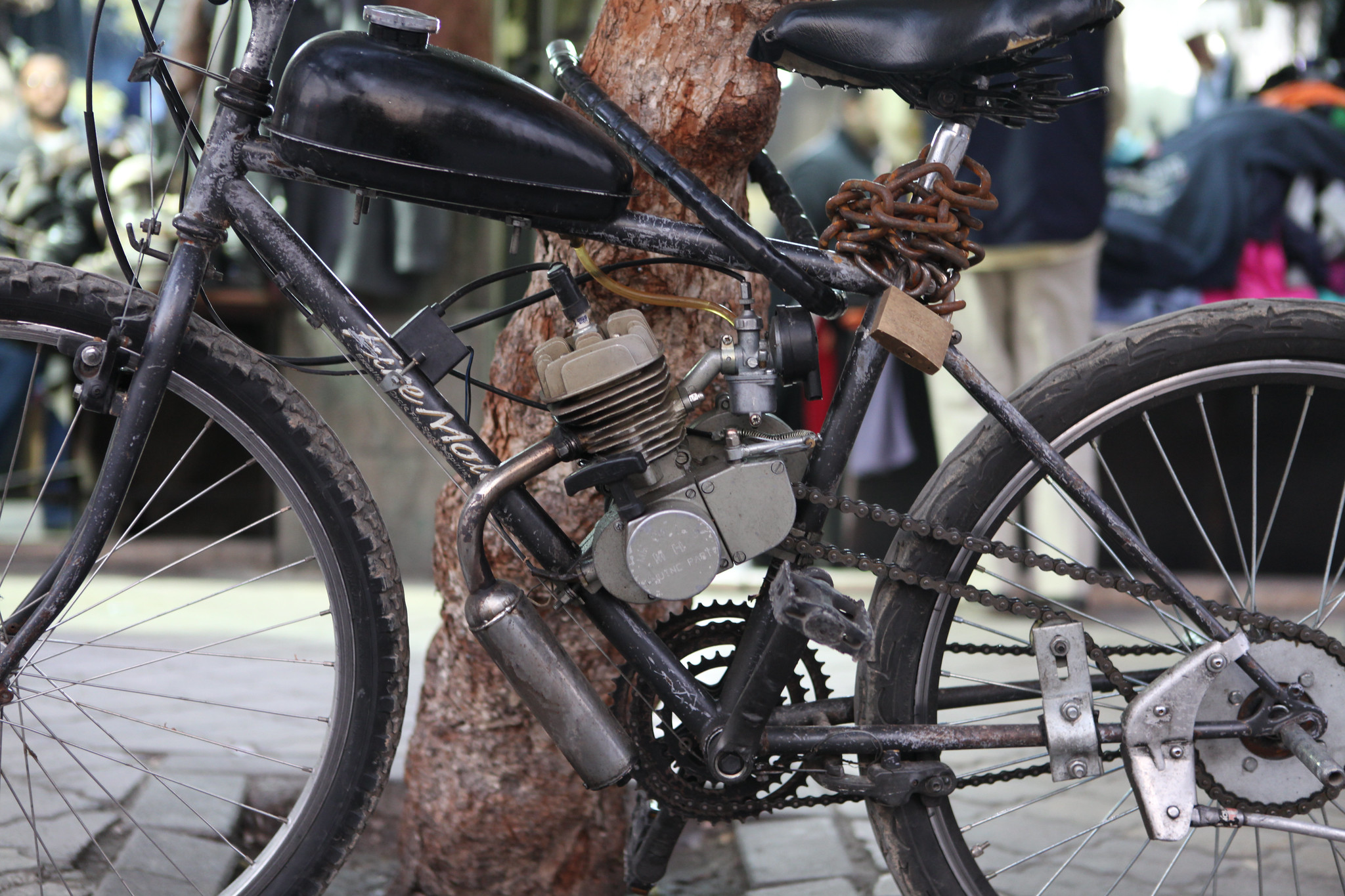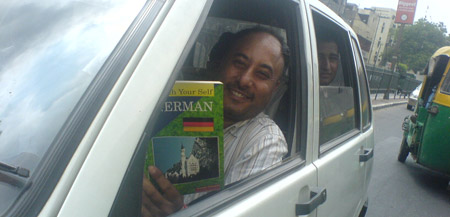Ok, cant go on being abusive of other people her like in the last couple of posts. does not really add too much to the whole and apparently it will be held against me by some prospective employer in the future anyway. Speaking about employment: it is no secret that the dutch economy (especially the construction, cleaning and agricultural sectors employ a huge number of (temporary) workers from Poland and other Eastern European countries (ironically germany seems to become an Eastern European country as well at least in this aspect if one is to believe the mdr (google cache).
Many of these migrants combine working in the the Netherlands (or western Europe for that matter) with living in Poland. these pendular migration strategies are made possible by the vastly improved transportation facilities between the east and the west. When reading about ‘improved transprotation’ images of high speed trains and low cost airlines come to mind, but these migration patterns seem to fundamentally rely on a parallel transportation infrastrcuture:
In my thesis i had already mentioned this parallel infrastructure (without giving much thought to it then):
A trip from Perlejewo to Brussels and back costs approximately 80 dollars, and the increased competition among coach companies is reducing the cost of such fares even more. The trip lasts approximately 24 hours, and there are even ‘door to door’ transport services. (Frejka et al. as cited on p. 53)
Last weekend i drove back from Berlin to Amsterdam relatively early on Sunday morning, and this provided me with an opportunity to see these transport services in action. A significant amount of the cars traveling west on the A2 were minibuses registered in Poland (and either displaying signs of polish tour operators or even more tellingly of Dutch temporary work agencies). Some of them traveling alone some of them traveling in convoys of 3 or 4 vehicles. in total i think i saw at least 60 or so of these vehicles of more than 40 companies, which as we are traveling at at approximately the same speed most likely is only a small share of the total traffic on that day. That translates into a lot of people commuting from Poland to work in NL on that Sunday.
In the last 3 years i have travelled a lot between Berlin and Amsterdam, but almost exclusively by train and while the direct trains from Berlin to Amsterdam originate in poland i have never really noticed polish workers using the train to commute to Holland. This is probably due to the exorbitant prices of railway tickets nowadays (a standard return ticket berlin amsterdam is €184) but having seen these minibuses in action there is obviously another advantage to them. most of them were traveling at 140KM/h or more and if one combines this with the fact that these buses seem to offer door to door services, this probably translates into enormous time savings especially when one assumes that most of the trips taken by these pendular migrants are from small rural places to small rural places (which tend to have lousy public transport connectivity). In any case i was quite impressed by this almost hidden, highly flexible parallel transport infrastructure.



